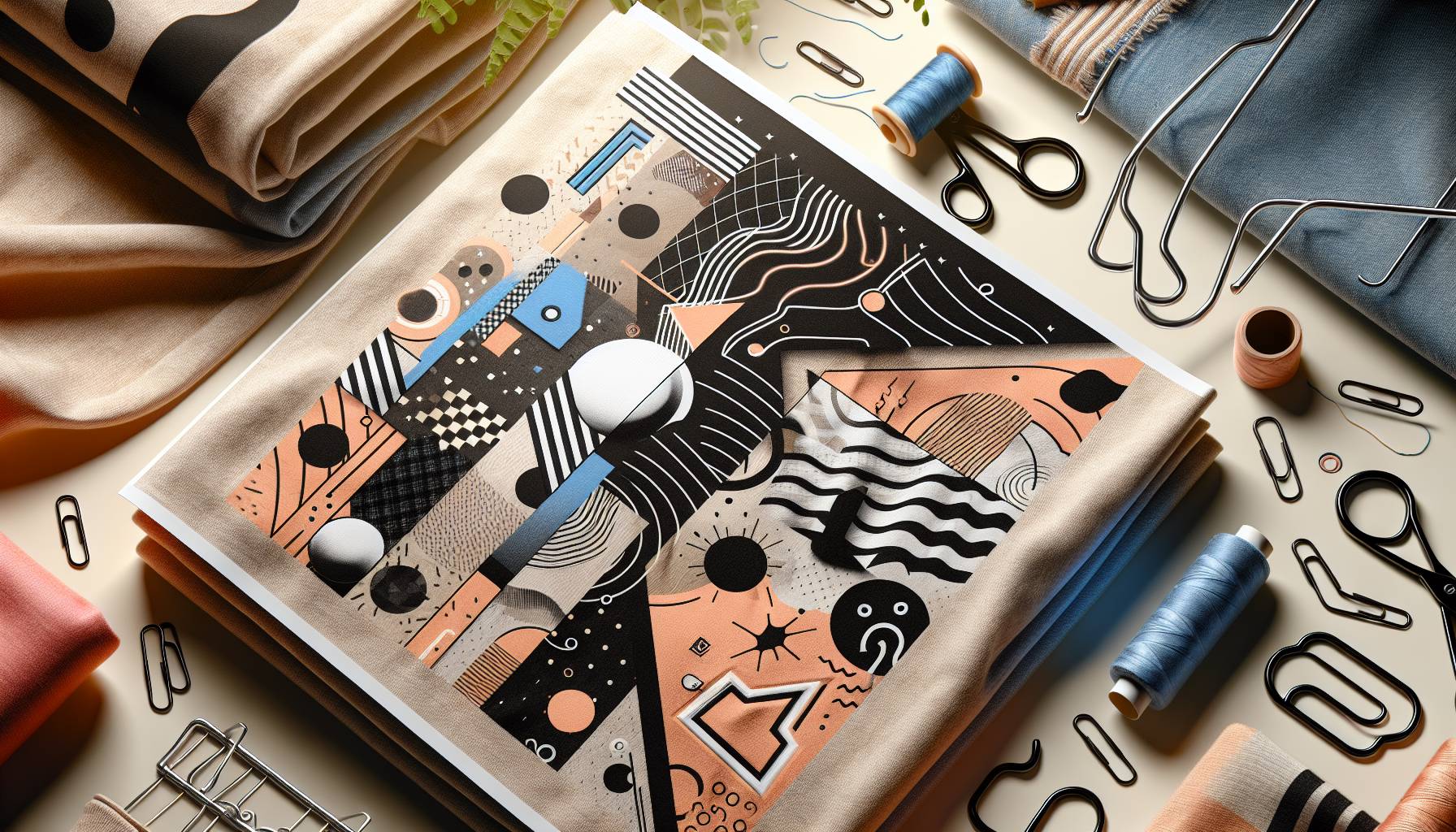Sustainable fashion takes center stage
In the heart of Melbourne and Sydney, two independent fashion boutiques are turning heads this Earth Day by putting sustainability at the forefront of their business models. These shops are not just selling clothes—they’re redefining what it means to be fashionable in a world increasingly aware of its environmental impact. By curating collections that prioritise recycled materials, ethical production, and minimal waste, they are challenging the norms of the fast fashion industry.
One boutique sources garments made from organic cotton, hemp, and bamboo, while the other specialises in upcycled fashion—transforming vintage finds and textile scraps into one-of-a-kind pieces. Both stores work closely with local designers and artisans, ensuring that every item supports not only the planet but also the community. Their commitment to transparency means shoppers can trace the journey of their clothing, from fabric to final stitch.
These retailers are also educating their customers, hosting in-store events and workshops that highlight the environmental cost of traditional fashion. From discussions on circular fashion to DIY repair sessions, they are empowering Australians to make more informed choices about what they wear. The result is a growing community of style-savvy consumers who value quality, longevity, and purpose in their wardrobes.
Secondhand style with a story
Walking into these boutiques feels less like entering a shop and more like stepping into a curated gallery of stories. Each garment carries a past life—whether it’s a denim jacket reworked from 1980s workwear or a silk blouse once worn to a vintage garden party. The racks are filled with pieces that have been lovingly restored, tailored, or creatively transformed, offering shoppers a chance to own something truly unique. It’s fashion with character, where every thread has a tale to tell.
One store in Fitzroy has become known for its “Story Tags,” handwritten notes attached to select items that detail the origin of the piece, its previous use, and the process behind its transformation. A customer might discover that their new favourite skirt was once a curtain in a Queenslander home, now reimagined with a modern silhouette. These personal touches not only add charm but also foster a deeper connection between the wearer and the garment.
In Newtown, another boutique takes a slightly different approach, inviting local artists to collaborate on limited-edition collections made entirely from salvaged materials. The result is a rotating display of wearable art, where no two items are ever the same. Shoppers are encouraged to share their own stories too, with a community noticeboard showcasing photos and anecdotes of how customers have styled their finds or passed them on to others.
This emphasis on narrative and individuality is a refreshing contrast to the mass-produced anonymity of fast fashion. It encourages a slower, more thoughtful approach to dressing—one where clothing is valued not just for how it looks, but for the journey it’s taken. In a culture often driven by the new and disposable, these shops are proving that secondhand doesn’t mean second-best—it means second-chance, second-life, and second-to-none in style.
Eco-conscious shopping for a better future
Shopping at these eco-conscious boutiques is more than a transaction—it’s a step toward a more sustainable future. Customers are encouraged to think critically about their consumption habits, with store layouts and product displays designed to highlight the environmental benefits of each purchase. From signage that explains the carbon savings of buying secondhand to staff trained in sustainable fashion practices, every element of the shopping experience is crafted to inspire mindful choices.
These shops also offer practical solutions for reducing fashion waste. Clothing swap events, repair stations, and take-back programs allow customers to extend the life of their garments or responsibly recycle them. One store in Brunswick even partners with a local textile recycling initiative, ensuring that worn-out items are diverted from landfill and repurposed into insulation or industrial rags. It’s a closed-loop approach that aligns with the principles of circular fashion.
Affordability is another key factor. By offering high-quality, pre-loved items at accessible prices, these retailers make sustainable fashion attainable for a broader audience. Shoppers can find designer labels, timeless basics, and statement pieces without the hefty price tag or environmental guilt. This democratisation of eco-friendly fashion helps shift the perception that sustainability is a luxury, proving that it can be both inclusive and impactful.
Community engagement plays a vital role in their mission. Regular workshops on topics like wardrobe detoxing, fabric care, and upcycling techniques empower individuals to take control of their fashion footprint. These events often feature guest speakers from the Australian sustainable fashion scene, creating a space for dialogue and shared learning. By fostering a sense of collective responsibility, the shops are cultivating a culture where sustainability is not just a trend, but a way of life.
As more Australians seek to align their values with their purchases, these boutiques are paving the way for a retail model that prioritises people and planet. Through thoughtful curation, education, and community involvement, they’re proving that fashion can be a force for good—one outfit at a time.
Sustainable fashion takes center stage
In a bold move that aligns with the growing global shift toward conscious consumerism, two local fashion retailers are redefining what it means to be stylish and sustainable. These shops are not just selling clothes—they’re curating collections that reflect a commitment to the planet. By spotlighting garments made from repurposed materials and upcycled fabrics, they’re proving that eco-conscious fashion can be both chic and impactful.
Each piece on display is a testament to the power of thoughtful design. From reimagined denim jackets to dresses crafted from vintage textiles, the collections are as unique as they are environmentally responsible. These retailers are embracing a circular fashion model, where the life of a garment doesn’t end after one wear, but continues through reinvention and reuse.
With the fashion industry contributing up to 10% of global carbon emissions, the push for sustainability is more than a trend—it’s a necessity. These shops are leading by example, showing that reducing waste and carbon output doesn’t mean compromising on style. Instead, they’re elevating it, offering fashion-forward women a way to express themselves while making a positive impact.
By placing sustainability at the heart of their business, these retailers are not only responding to the demands of a more eco-aware audience—they’re helping shape the future of fashion in Australia and beyond.
Secondhand style with a purpose
Walking into these boutiques feels less like shopping and more like discovering hidden treasures. Each garment has a past life—perhaps a silk blouse once worn in the ’80s, now reimagined with modern tailoring, or a pair of vintage Levi’s given new edge with hand-stitched detailing. These aren’t just clothes; they’re stories stitched into fabric, offering women a chance to wear something truly one-of-a-kind while supporting a more sustainable fashion cycle.
What sets these shops apart is their curated approach to secondhand fashion. Rather than overwhelming racks of random finds, every piece is selected with intention. The result is a refined edit of pre-loved and upcycled fashion that speaks to the modern Australian woman—stylish, conscious, and unafraid to stand out. Think structured blazers with a past, floaty dresses with a future, and accessories that carry the charm of decades gone by.
“We want our customers to feel empowered by their choices,” says one store owner. “When you buy secondhand, you’re not just reducing waste—you’re embracing individuality and rejecting the cookie-cutter nature of fast fashion.”
These retailers are also fostering a sense of community around sustainable style. Regular in-store events, from clothing swaps to DIY upcycling workshops, invite shoppers to engage with fashion in a more meaningful way. It’s not just about buying—it’s about learning, sharing, and being part of a movement that values creativity over consumption.
- Over 6,000 kilograms of clothing are diverted from landfill each year by these two shops alone.
- Each upcycled piece saves approximately 2,700 litres of water—the amount used to produce a single cotton shirt.
- Customers are encouraged to bring in their own pre-loved items for trade or transformation, creating a closed-loop system that benefits both the planet and their wardrobes.
In a world where fast fashion dominates, these secondhand sanctuaries are proving that style doesn’t have to come at the cost of sustainability. They’re not just selling clothes—they’re offering a new way to dress with purpose, passion, and a lighter footprint.

